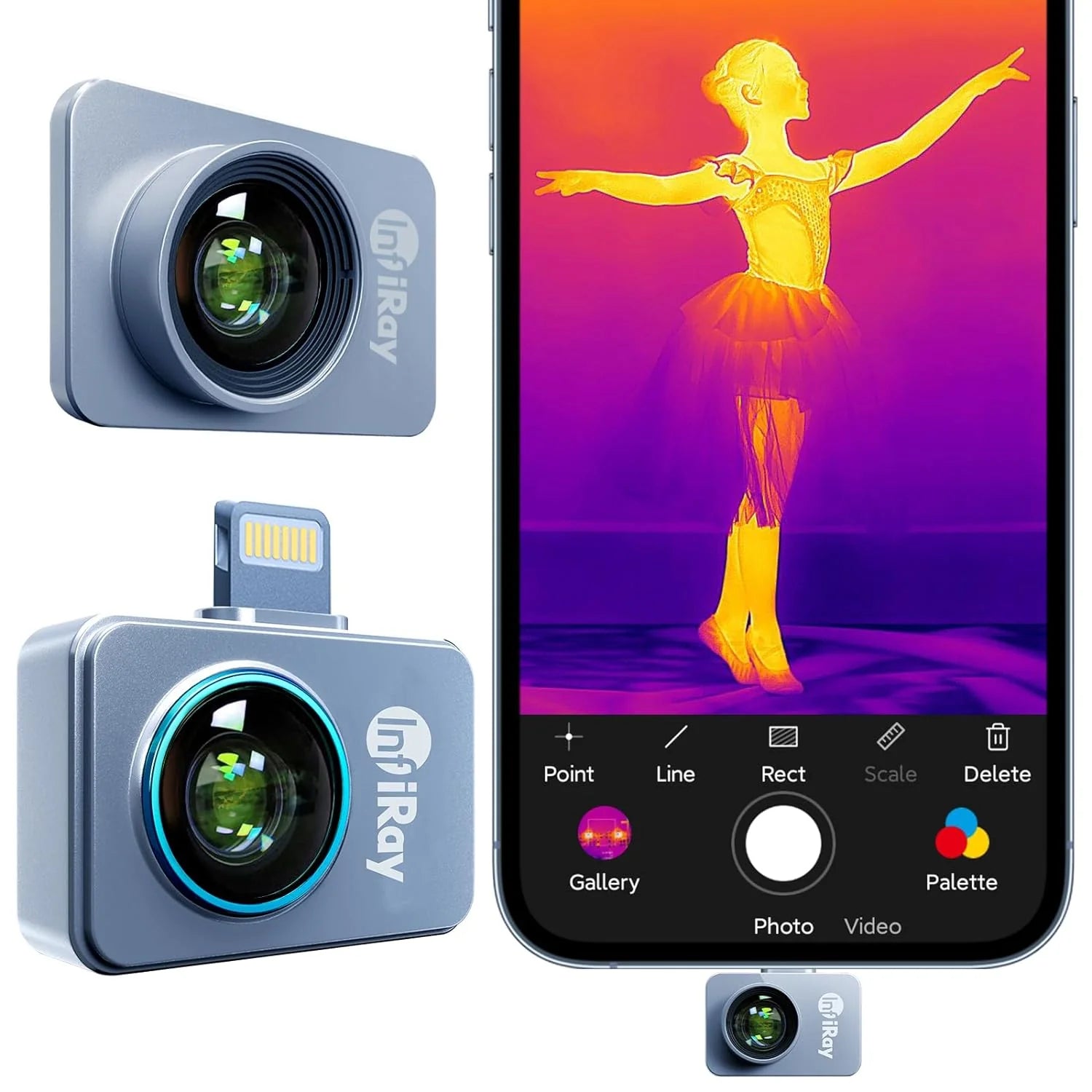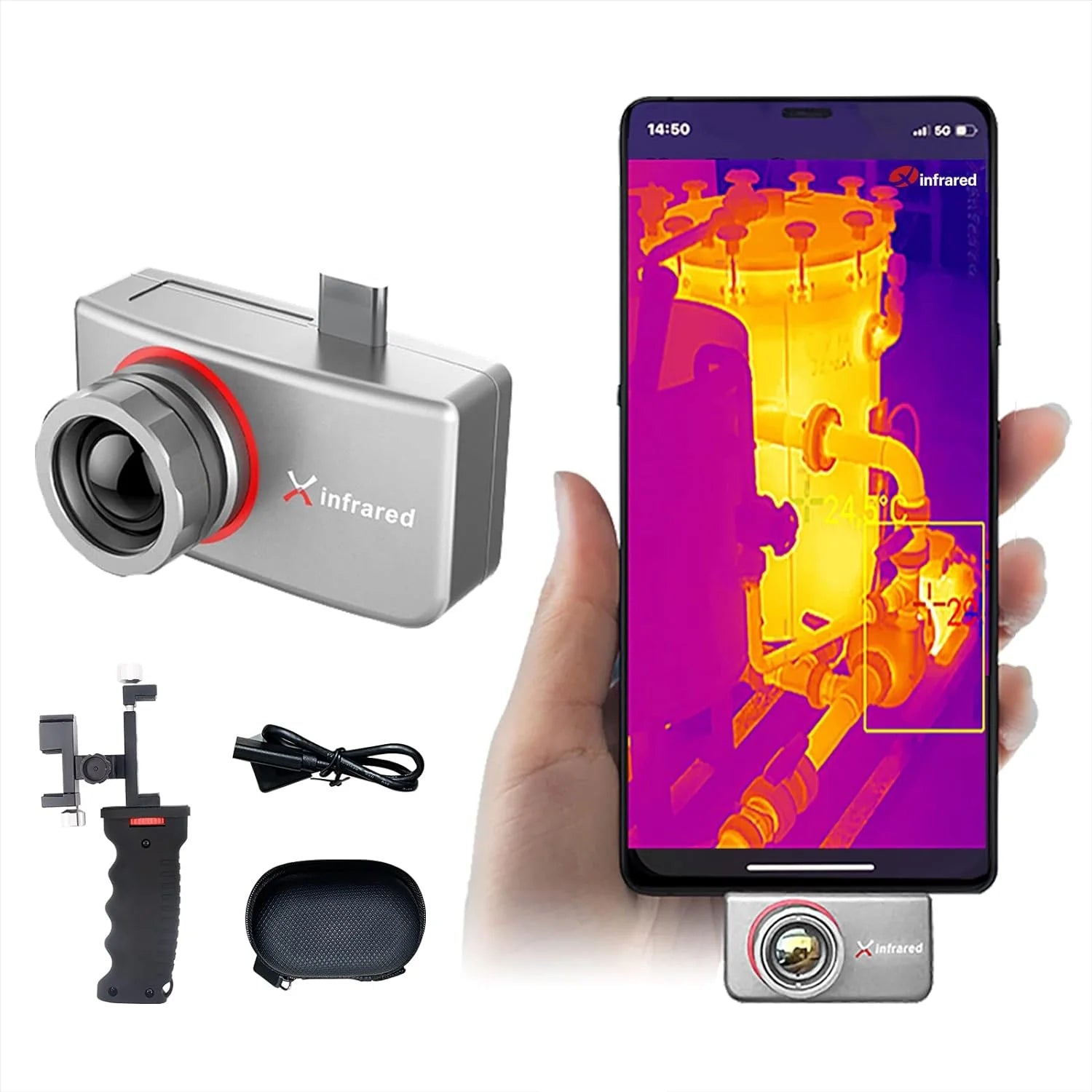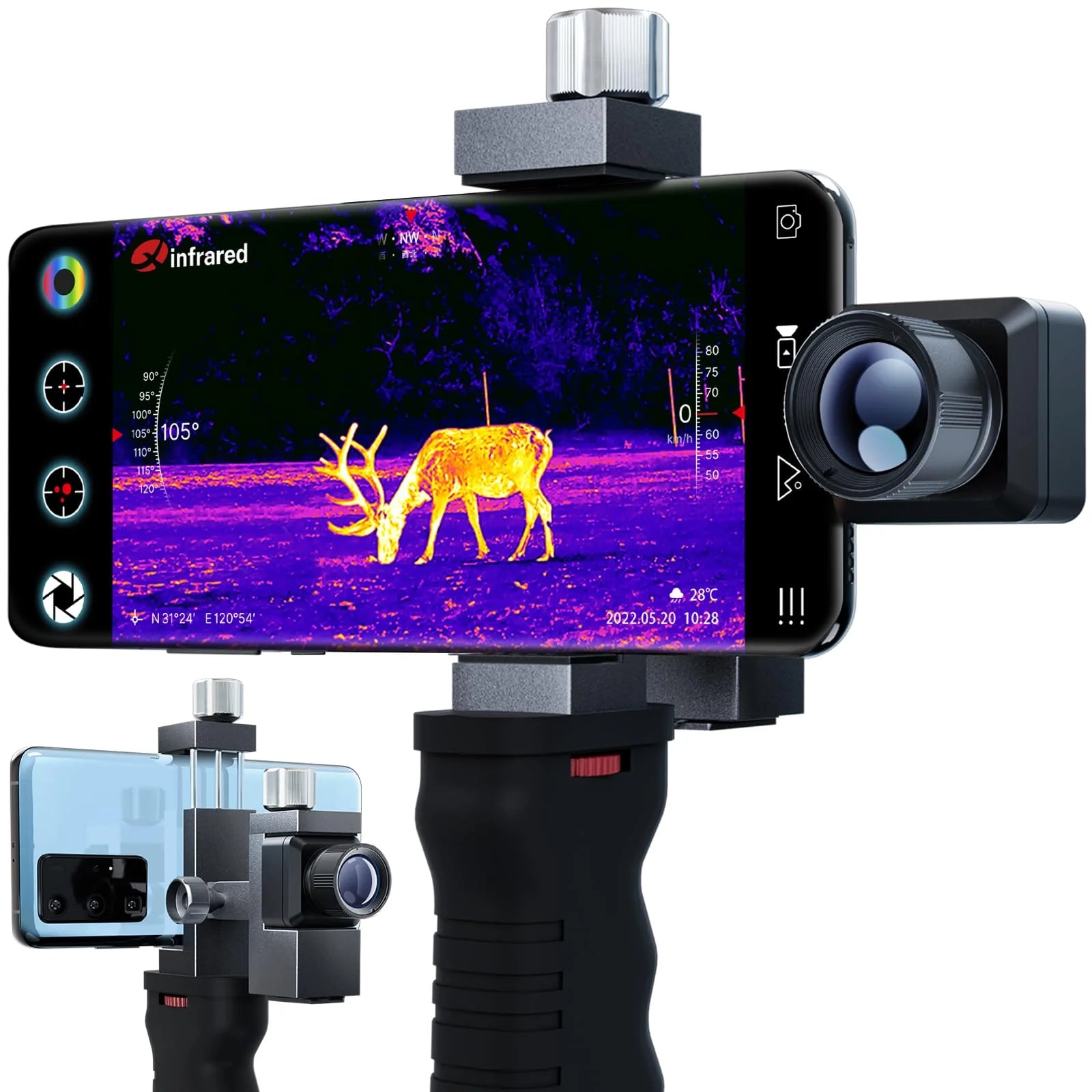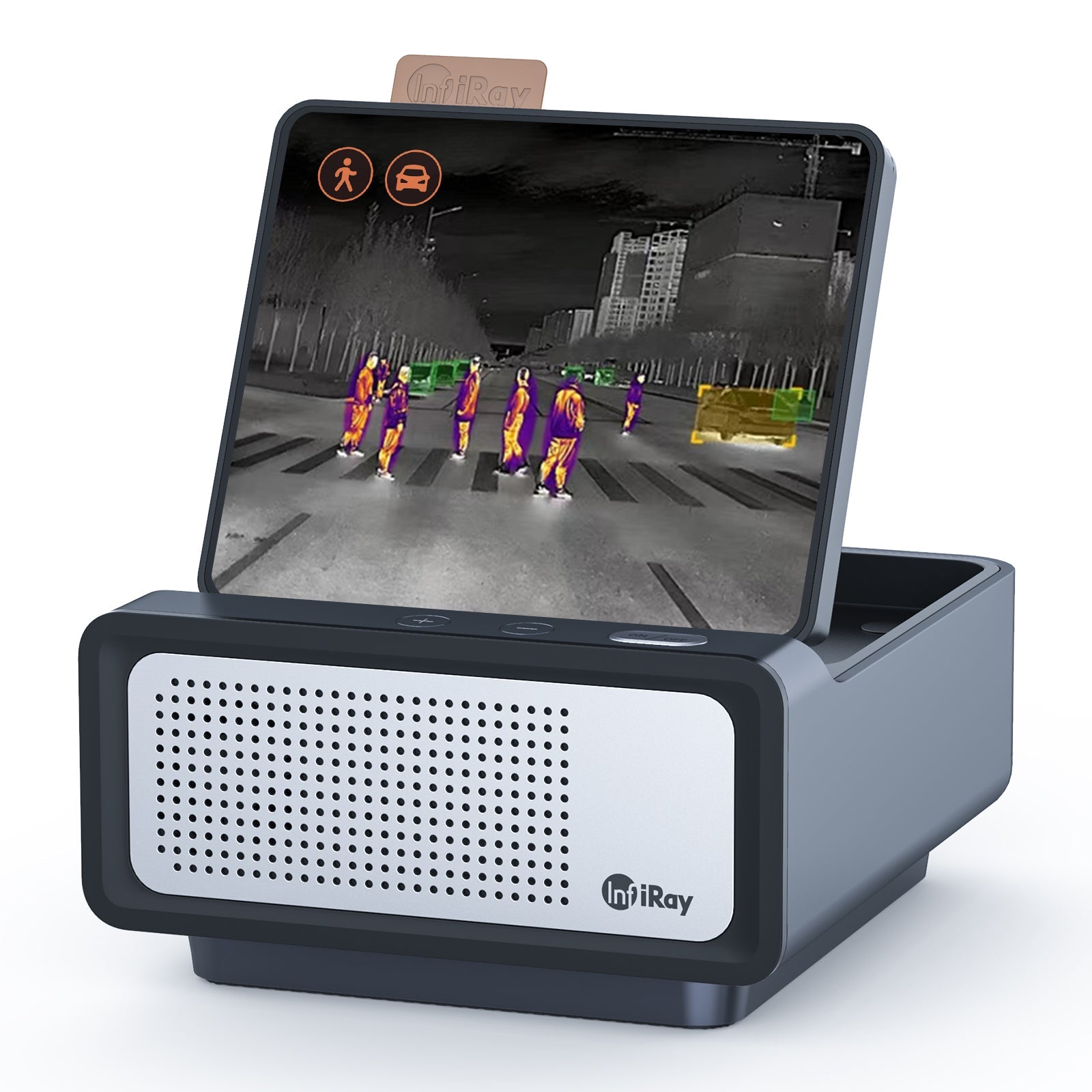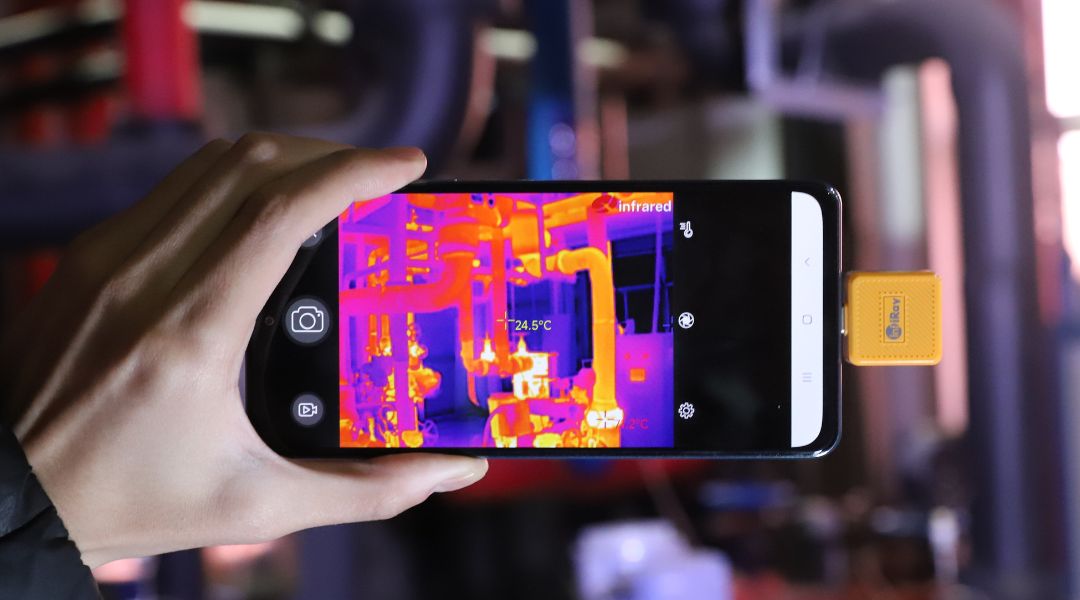Protecting your home from water damage is a critical responsibility for any homeowner. Water damage can lead to costly repairs, structural issues, and health hazards due to mold growth. One of the most innovative and effective methods for early detection of water-related issues is the use of thermal imaging technology. In this article, we'll delve into the five vital checks you can perform to safeguard your home from water damage using thermal imaging.
Understanding Thermal Imaging Technology
Thermal camera works by detecting heat signatures emitted by objects and surfaces. This technology captures temperature variations, making it an ideal tool for identifying moisture and leaks that may be invisible to the naked eye. Unlike traditional methods, thermal imaging can uncover hidden issues without the need for invasive procedures. This not only saves time but also helps prevent potential damage.

Common Causes of Water Damage at Home
Before delving into the checks, it's important to recognize common sources of water damage in homes. These include leaks, floods, and condensation, which can originate from plumbing, roofs, basements, and even HVAC systems. Addressing these issues promptly is crucial to preventing long-term damage. This is where thermal imaging comes into play.
The Five Vital Checks Using Thermal Imaging
- Exterior Walls and Roof: Regularly inspecting your home's exterior is essential. Thermal imaging can reveal hidden leaks behind walls and detect moisture buildup within roofing materials. By identifying these issues early, you can avoid structural damage and mold growth.
- Plumbing System: Water leaks in plumbing systems can often go unnoticed until significant damage has occurred. With a thermal camera, you can scan pipes, connections, and even hidden areas to identify leaks and fix them before they escalate.
- Windows and Doors: Faulty seals and frames around windows and doors can allow water to seep into your home. Thermal cameras can pinpoint compromised areas by detecting temperature variations caused by moisture infiltration.
- Basement and Foundation: Cracks in your home's foundation can lead to water penetration and structural instability. By using thermal imaging, you can identify these weak points and take preventative measures to avoid costly repairs.
- HVAC and Ventilation Systems: Moisture accumulation within HVAC systems can lead to mold growth and reduced indoor air quality. Thermal cameras can help you locate these issues within ducts and equipment, allowing for timely maintenance.

Benefits of Early Detection and Prevention
The advantages of using thermal imaging for early water damage detection are numerous. By catching problems in their initial stages, you can save on repair costs, prevent extensive damage to your home's structure, and ensure a healthier living environment for your family. Additionally, proactive measures can lead to lower insurance premiums, as insurance providers often reward homeowners who prioritize preventive actions.
How to Perform DIY Thermal Inspections
Performing basic thermal inspections using a thermal camera is an achievable task for homeowners. You'll need a thermal camera, which is becoming more affordable and accessible. To get started, follow these steps:
- Familiarize yourself with the camera's operation through the manual.
- Choose the appropriate settings for detecting moisture and temperature variations.
- Conduct a systematic scan of the areas mentioned earlier, noting any unusual temperature patterns.

When to Consult Professionals
While DIY inspections can be effective, there are instances where professional expertise is essential. If you encounter complex water damage scenarios or if you're unsure about the findings from your thermal imaging, it's advisable to seek help from certified inspectors and restoration specialists. Their experience and equipment can provide accurate assessments and recommendations for necessary actions.
Incorporating thermal imaging technology into your home maintenance routine can save you from the headaches and expenses of water damage. By following the five vital checks outlined in this article, you can effectively safeguard your home from potential water-related issues. Remember, an ounce of prevention is worth a pound of cure.
